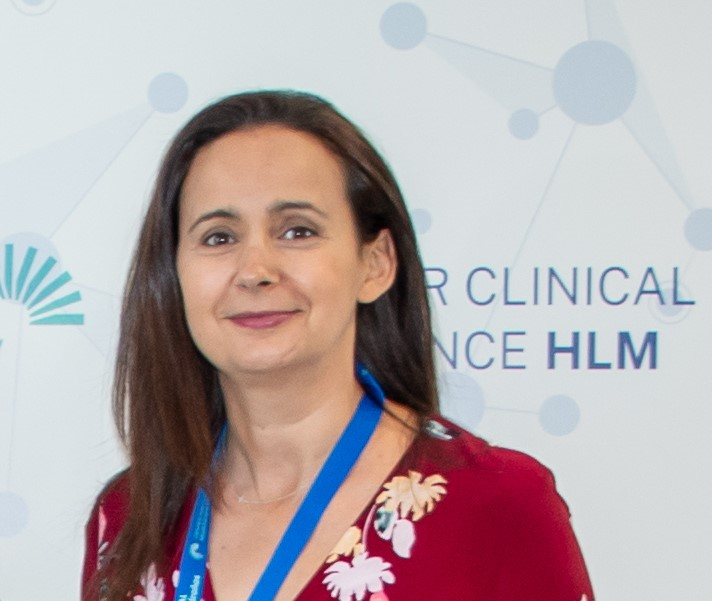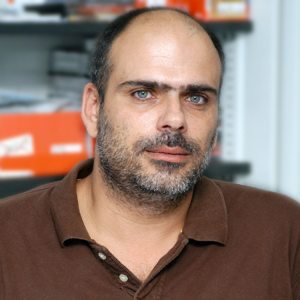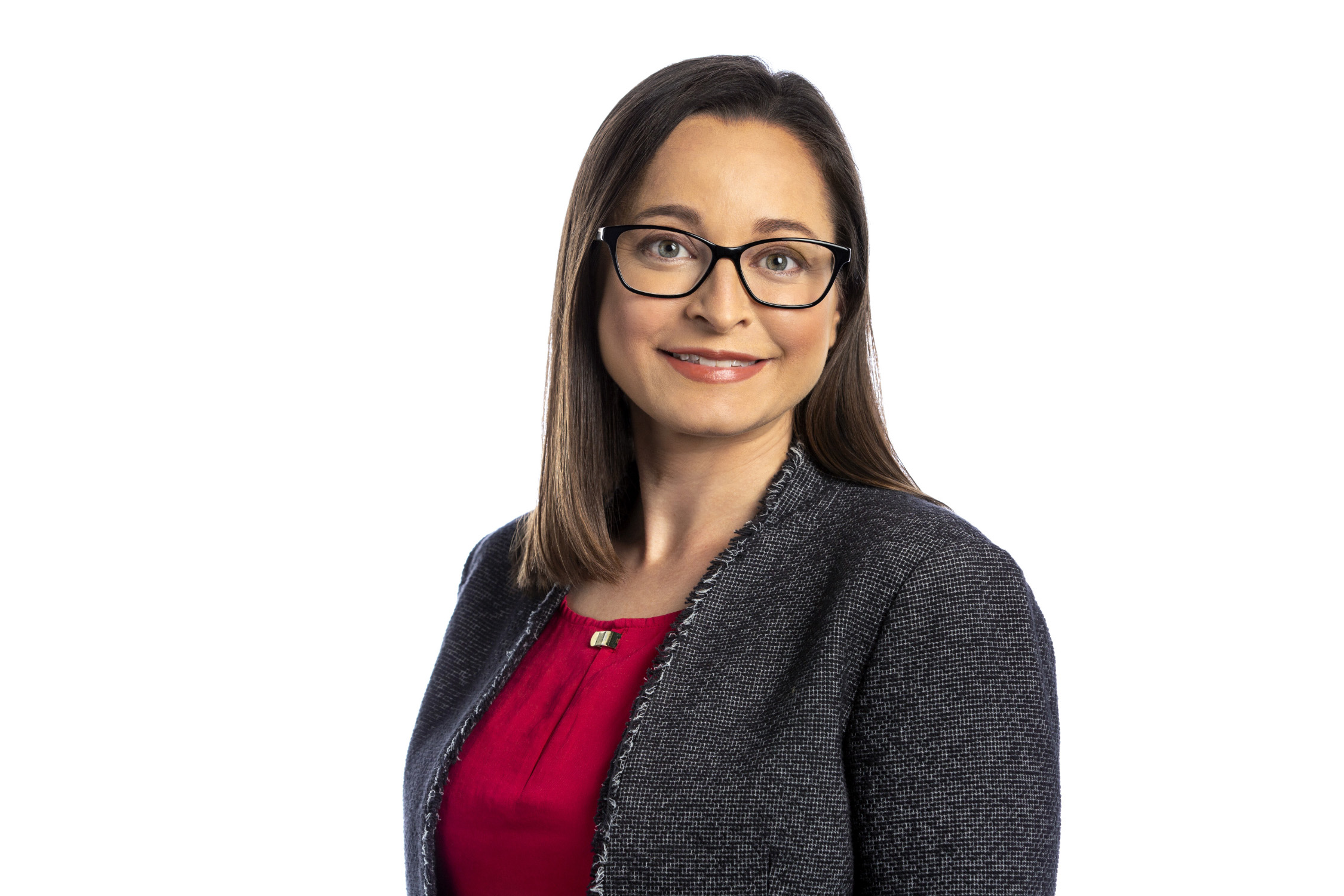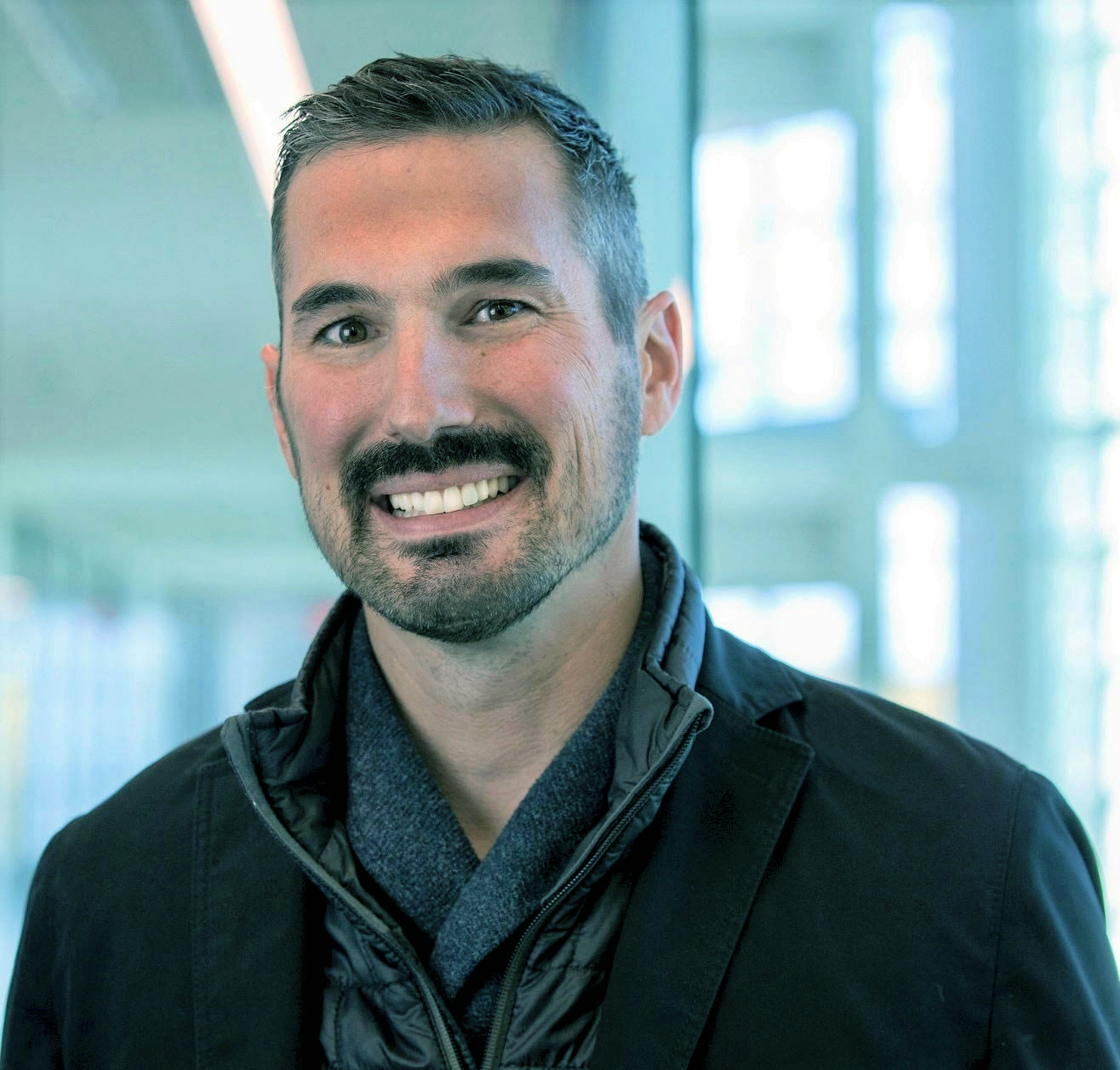Plenary speakers deliver 45 minute lectures during mornings of the SSNR program. The lectures will span broad surveys of recent major developments in the neurorehabilitation field.
Oskar C. Aszmann
Medical University of Vienna, Austria
Title: TBD
In collaboration with Dario Farina and Antonio Bicchi
Prof. Oskar C. Aszmann, born in Vienna, Austria. After a two year excursion into philosophy and biology Dr. Aszmann finished Medical School at the medical faculty of the University of Vienna (1994). He then went on to the Johns Hopkins University in Baltimore, Maryland where he learned the trade of peripheral nerve surgery from Prof. Lee Dellon and the basic science of peripheral nerve regeneration from Prof. Thomas Brushart. In 1998 he joined the Division of Plastic Surgery in Vienna where he was promoted the position of Associate Professor of Plastic and Reconstructive Surgery. Since 2006 he has entered a close collaboration with the company Otto Bock to explore the possibilities and limits of bionic reconstruction which has led to the establishment of a partly private/government funded Center for Extremity Reconstruction and Rehabilitation in 2012. This Center is being headed by Prof. Aszmann and has at its core interest the reconstruction and rehabilitation of patients with impaired extremity function. This goal is accomplished with a wide variety of surgical techniques of neuromuscular reconstruction alone or in combination with complex mechatronic devices. 2020 he has been given the position of Full Professor at the newly founded Department of Plastic and Reconstructive Surgery.
His research focuses on all aspects of reconstructive surgery, both from a clinical but also from a basic research perspective. This has precipitated in different textbook chapters and is being published both in top journals of his field but also larger audience periodicals such as The Lancet and Science, various Nature Group Periodicals and very recently The New England Journal of Medicine. For his accomplishments in this field and his care for patients with complex extremity injuries he was awarded by the Royal Society of Medicine, London twice and received the Hans Anderl Award- the most prestigious research prize awarded by the European Association for Plastic and Reconstructive Surgery for continued excellence in Plastic Surgery Research, the prestigious Houska Award for excellency in public-private partnership and most recently the Christian Doppler Prize for Research and Innovation in September 2020. He serves in the board of directors of several national und international scientific societies and is in the editorial board of several international Journals.
He has received numerous national and international research grants among these, from the Austrian Research Agency (FWF), the Christian Doppler Research Foundation and the European Research Council (ERC) with a sum total of more than 8 Mio€.
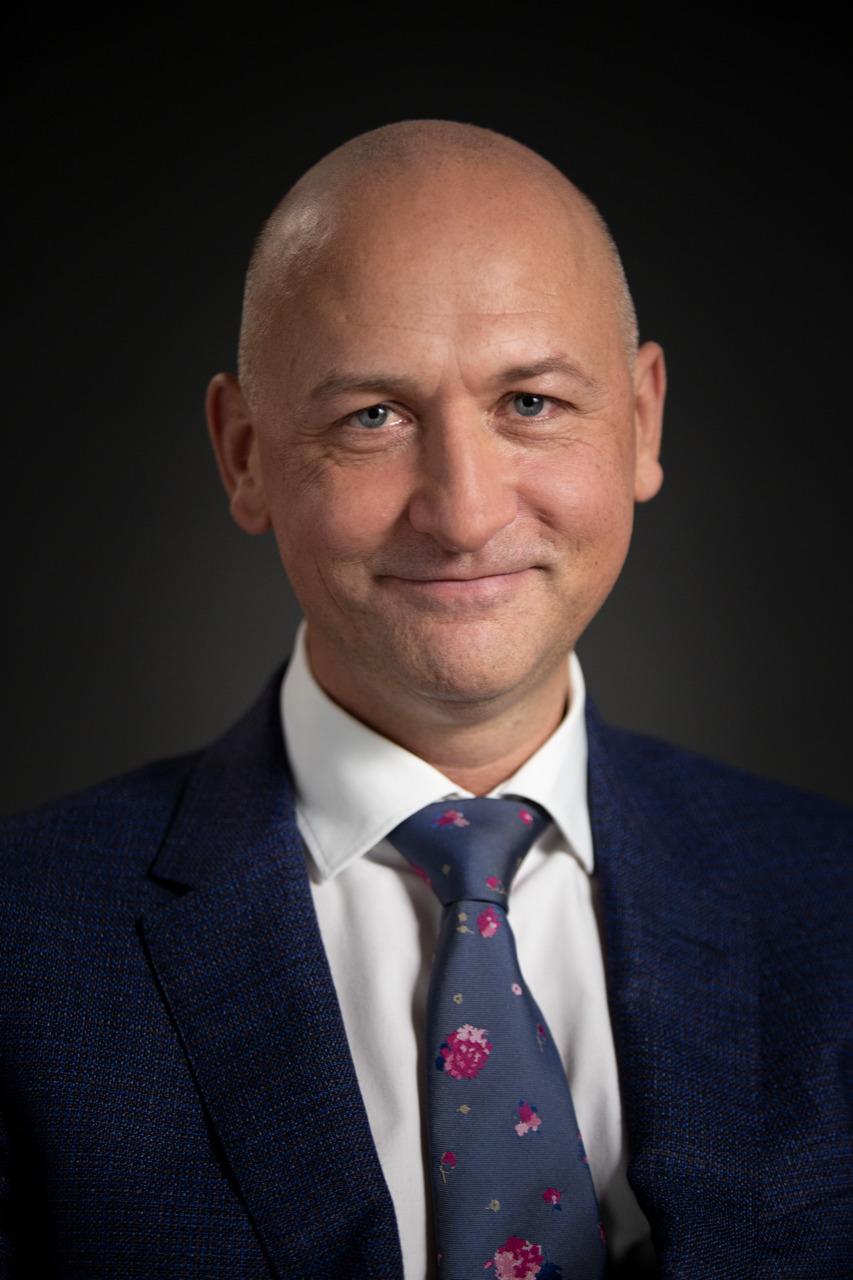
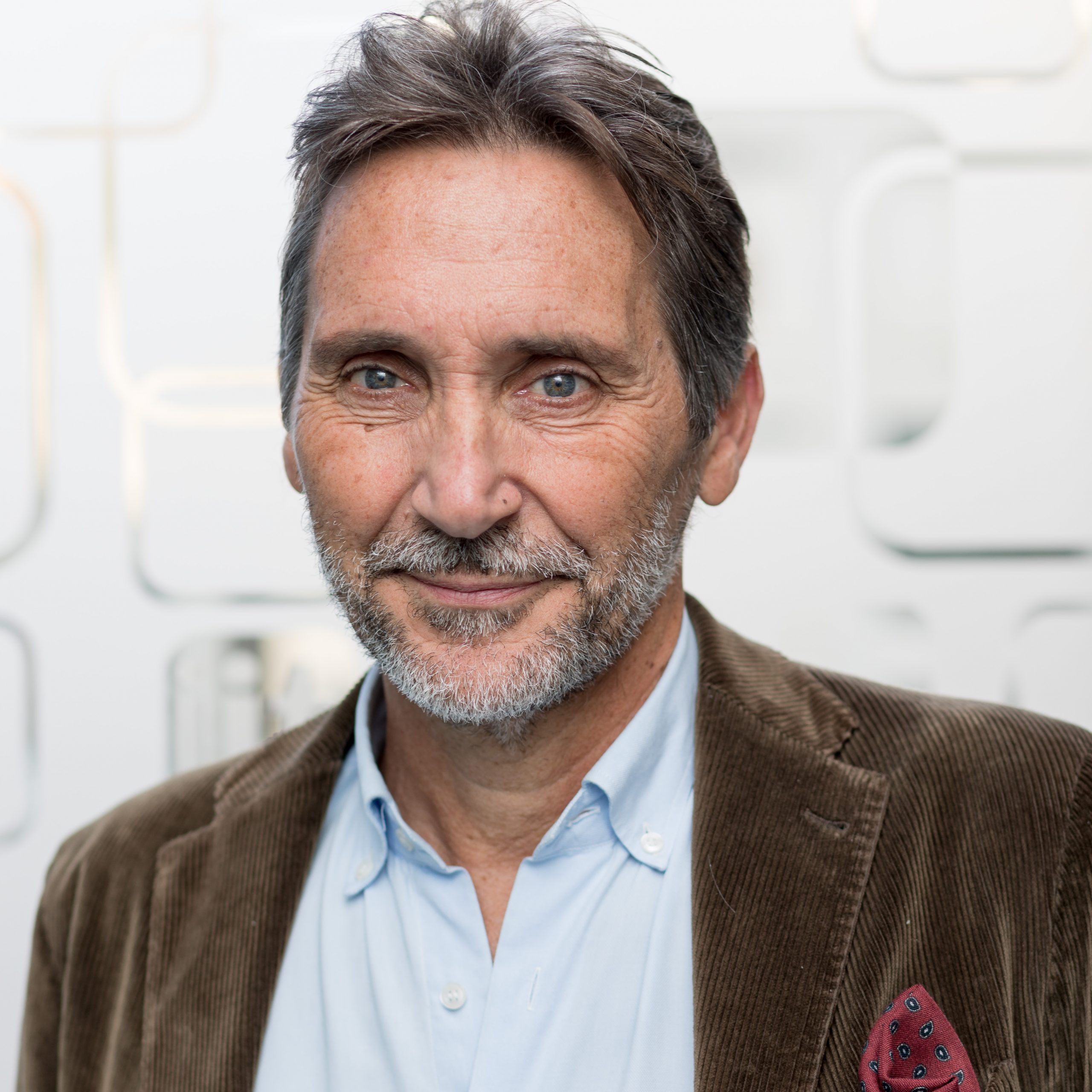
Antonio Bicchi
University of Pisa
Title:
In collaboration with Dario Farina and Oskar Aszmann
Antonio Bicchi is a scientist interested in robotics and intelligent machines for human use. He received his Ph.D. from the Alma Mater Studiorum – University of Bologna, and was a postdoctoral fellow at MIT AI Lab, before becoming the first Professor of Robotics at the University of Pisa. In 2009 he founded the Soft Robotics Laboratory at the Italian Institute of Technology in Genoa. Since 2013 he cooperates with Arizona State University as adjunct Professor. He has coordinated many international projects, including four grants from the European Research Council (ERC).
He has authored over 500 scientific papers cited more than 25,000 times. His main contributions are in the field of analysis of grasping and manipulation, the design of soft and variable stiffness hands and limbs, and their control for both robotics and prosthetic applications. He supervised over 70 doctoral students and more than 20 postdocs, most of whom are now professors in universities and international research centers, or have launched their own spin-off companies. His students have received prestigious awards, including four first prizes and two nominations for the best Ph.D. Thesis on Robotics and Haptics subjects. He is a Fellow of IEEE since 2005, and the recipient of the 2018 Saridis Leadership Award.
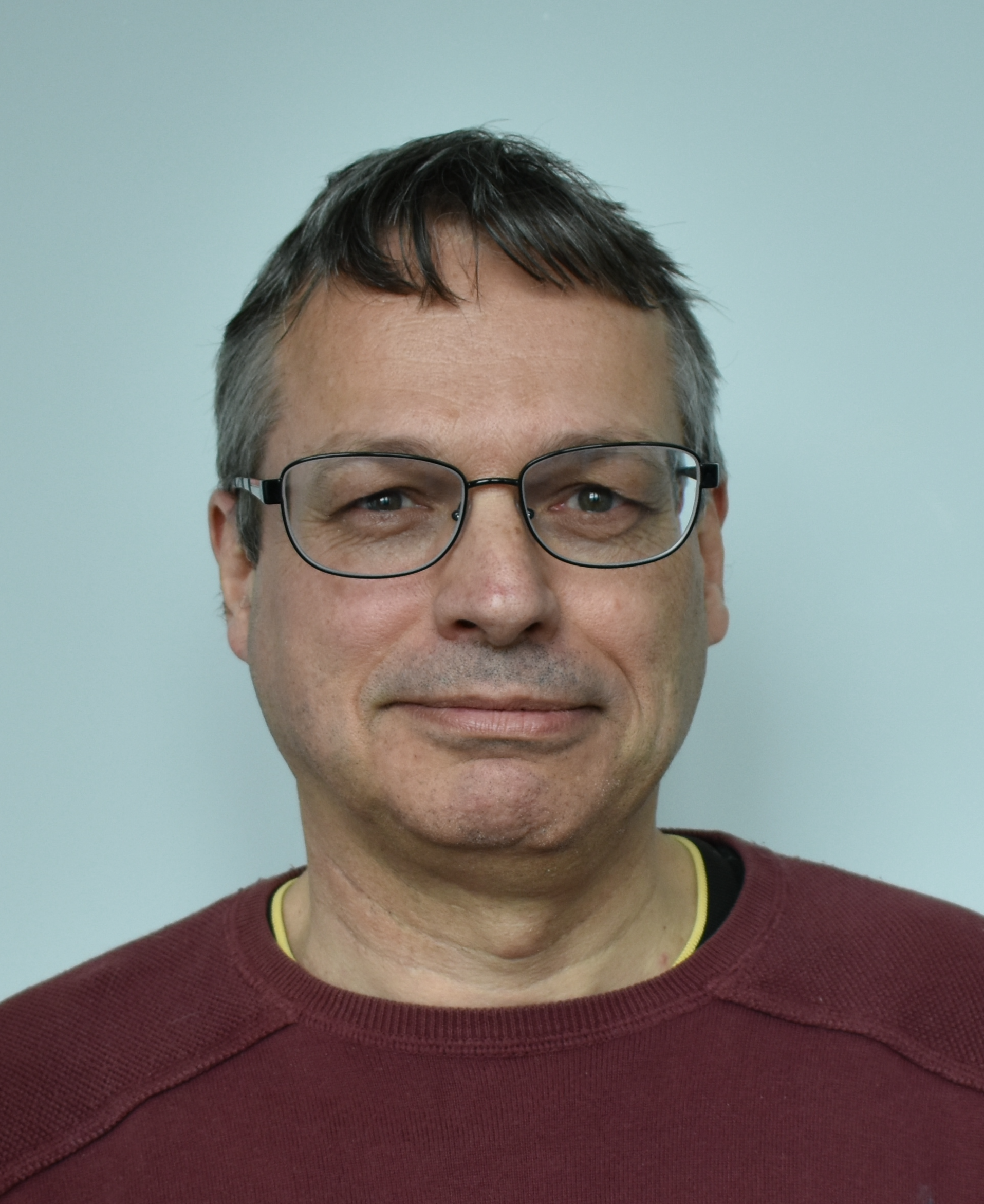
Etienne Burdet
Imperial College London, UK
Title: Sensorimotor augmentation and interaction in humans
Abstract: Is it better to have three hands, or to work with a human partner? Human movement augmentation with supernumerary robotic limbs (SRLs) could allow an individual to perform tasks that cannot be accomplished with just two arms. For example, an SRL could help a hemiplegic in carrying out activities of daily living. Also, a surgeon could operate independently of any assistant, using SRLs to adjust suction or light during a complex procedure. Therefore, we are developing interfaces and techniques to control SRLs and identify the capabilities of augmented human users. However, the usual manner to complete tasks requiring more than two hands is to collaborate. Collaboration across humans is essential in many tasks, e.g. for co-piloting, during physical therapy, or to guide one’s child in their first steps. To understand the mechanisms of physical interaction between humans, we have studied how the haptic information is used by connected individuals during a collaborative motor task. We could observe that mechanically connected individuals improve their performance when connected with even a less skilled partner by exchanging motion plan information. We have also developed a computational algorithm of this interaction, a robotic partner, which induces similar performance advantages as a human partner.
Dr. Etienne Burdet is Chair of Human Robotics at the Imperial College of Science, Technology and Medicine in UK. He is also a visiting Professor at University College London. He holds an MSc in Mathematics (1990), an MSc in Physics (1991), and a PhD in Robotics (1996), all from ETH-Zurich. He was a postdoctoral fellow with TE Milner from McGill University, Canada, JE Colgate from Northwestern University, USA and Mitsuo Kawato of ATR in Japan. Professor Burdet’s group uses an integrative approach of neuroscience and robotics to: i) investigate human sensorimotor control, and ii) design efficient interfaces for daily living technology and neurorehabilitation, which are tested in human experiments and commercialised.
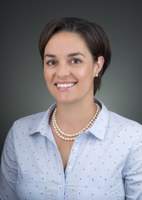
Jessica D’Amico
University of Alberta, Canada
Glenrose Rehabilitation Hospital, Canada
Title: Non-invasive transcutaneous spinal cord stimulation in children and adults with spinal cord injury – Safety, feasibility, efficacy and current limitations
Abstract: Neuromodulation after spinal cord injury (SCI) is a fast-growing field that demonstrates great promise with regards to the recovery of various components of motor function after injury. It has now been demonstrated across different research centers that activity-based rehabilitation combined with epidural electrical stimulation of the spinal cord allows individuals to regain the ability to move voluntarily (upper extremities, trunk and lower extremities), stand, and in some cases even the ability to walk overground following a complete SCI. Similar to invasive epidural stimulation delivered through implanted electrodes, non-invasive transcutaneous electrical stimulation (tcES) of the spinal cord through surface electrodes placed over the spine can elicit bilateral motor responses across multiple motoneuron pools and can also be used to modulate spinal excitability. Numerous studies have demonstrated that tcES can effectively modulate spinal neuronal circuits, ultimately facilitating motor function in uninjured and spinal cord injured individuals. This talk will briefly cover the mechanisms of tcES, safety, feasibility and efficacy of tcES in the adult and pediatric SCI populations, the current limitations and proposed approaches towards optimization of this intervention.
Jessica D’Amico, Ph.D., joined the Glenrose Rehabilitation Hospital in 2022 as a Scientific Program Lead and is an Adjunct Assistant Professor at the University of Alberta. Prior to this, she was an Assistant Professor and Scientific Director of the Neurophysiology Core at the University of Louisville (USA). Dr. D’Amico obtained her PhD from the University of Alberta in Edmonton, Canada and completed her postdoctoral fellowship at Neuroscience Research Australia in Sydney, Australia. She has a strong research interest in neuromodulation and specifically the use of pharmacological agents and neurostimulation paradigms that have the potential to induce neuroplasticity and improve motor function in individuals with spinal cord injury. She is currently the principal investigator on two project grants awarded by the Craig H. Neilsen Foundation and the Wings for Life Spinal Cord Research Foundation examining novel ways to improve motor function in individuals with spinal cord injury.
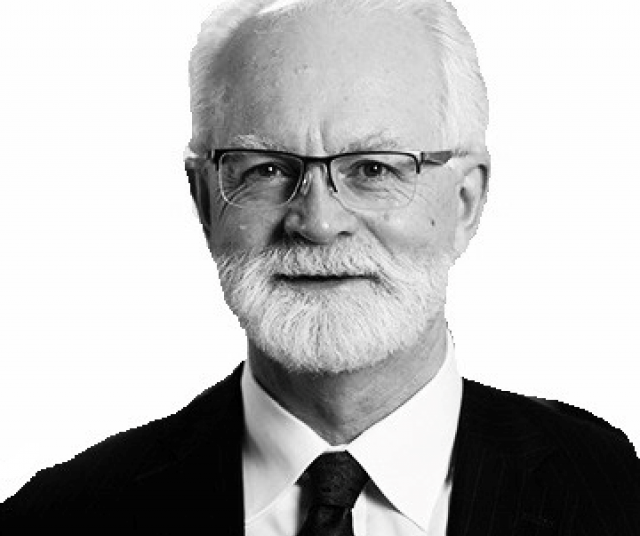
Julius Dewald
Northwestern University, USA
Title: Determining neural mechanisms underlying motor impairments following a unilateral brain injury for the development of new treatments with smart robotics and signal analysis
Abstract: TBD
Dr. Julius Dewald is co-director of the Shirley Ryan AbilityLab C-STAR clinical core. In addition, he is Northwestern University Feinberg School of Medicine chair, Department of Physical Therapy and Human Movement Sciences and professor of Physical Therapy and Human Movement Sciences, McCormick School of Engineering and Physical Medicine and Rehabilitation.
Dario Farina
Imperial College London, UK
Title: TBD
In collaboration with Oskar Aszmann and Antonio Bicchi
Abstract: TBD
Professor Farina has been Full Professor at Aalborg University, Aalborg, Denmark, (until 2010) and at the University Medical Center Göttingen, Georg-August University, Germany, where he founded and directed the Institute of Neurorehabilitation Systems (2010-2016) until he moved to Imperial College London as Chair in Neurorehabilitation Engineering. His research focuses on biomedical signal processing, neurorehabilitation technology, and neural control of movement. Within these areas, he has (co)-authored approximately 400 papers in peer-reviewed Journals and >500 conference abstract and papers. He has been the President of the International Society of Electrophysiology and Kinesiology (ISEK) (2012-2014) and is currently the Editor-in-Chief of the official Journal of this Society, the Journal of Electromyography and Kinesiology. He is also currently an Editor for IEEE Transactions on Biomedical Engineering and the Journal of Physiology, and previously covered editorial roles in several other Journals.
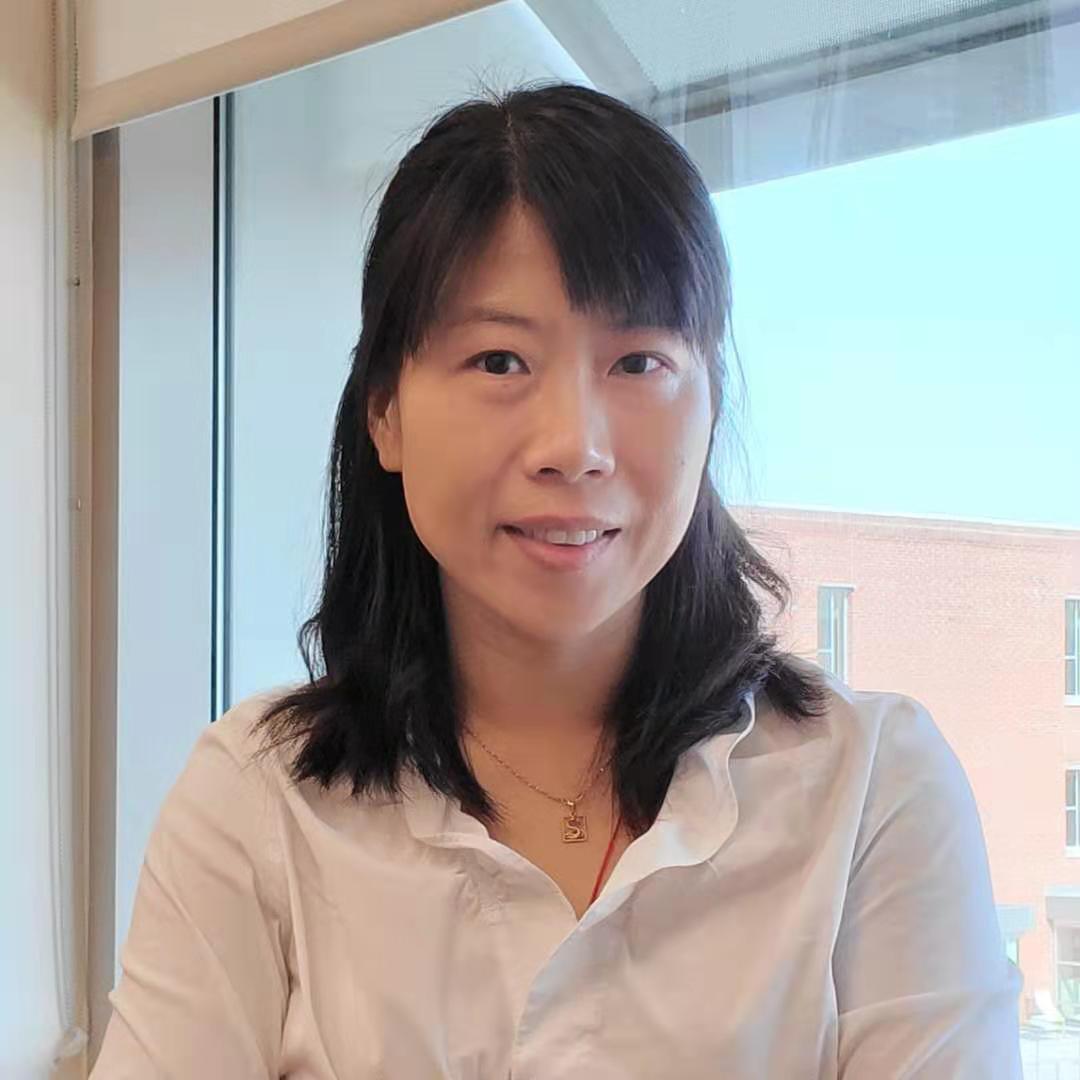
He (Helen) Huang
North Carolina State University, USA
University of North Carolina at Chapel Hill, USA
Title: Taking both sides: collaboration and co-adaptation of wearable robots and humans in locomotion
Abstract: TBD
He (Helen) Huang is the Jackson Family Distinguished Professor in the joint Department of Biomedical Engineering at NC State University and the University of North Carolina at Chapel Hill and the director for the Closed-Loop Engineering for Advanced Rehabilitation (CLEAR) core. Her research interest lies in neural-machine interfaces, human-robot symbiosis, personalization of wearable robots, and human movement control. She was the recipient of the Delsys Prize for Innovation in Electromyography, the Mary E. Switzer Fellowship with NIDRR, and a NSF CAREER Award. She is a fellow of AIMBE and IEEE. She is currently an Associate Editor of IEEE Transactions on Neural Systems and Rehabilitation Engineering, Journal of NeuroEngineering and Rehabilitation, Wearable Technologies, and Current Opinion in Biomedical Engineering.
Natacha León
Hospital Los Madroños, Spain
Title: Neurorehabilitation: moving the technology and innovation to clinical settings
In collaboration with Antonio Oliviero
Abstract: TBD
Natacha León received her medical degree at the University Complutense of Madrid and performed the residency in Physical and Rehabilitation Medicine at the University Ramón y Cajal Hospital of Madrid. During the residency, she developed interest in the field of neurorehabilitation, specially in spinal cord injury, and started collaborating with the association of patients affected by spinal cord injury in the Community of Madrid, till nowadays. She moved to Barcelona in 2005 to develop her medical career in the Institut Guttmann, as staff physiatrist in the Spinal Cord Injury and Head of the Pediatric Neurorrehabilitation Unit, with special dedication in the field of robotics and innovation in rehabilitation, participating in research projects and teaching responsabilities.
As a vocation for the care of people with disabilities, she continued his professional career in deepening their needs thanks to directing the clinical part of the Fundación Lesionado Medular in Madrid and currently performs his clinical and research activity as Head of the Advanced Neurorrehabilitation Unit at the Hospital Los Madroños. In addition, she is Board Member of the Spinal Cord Injury Spanish Society (SEP) and the international delegate of it in the International Spinal Cord Injury Society (ISCoS).
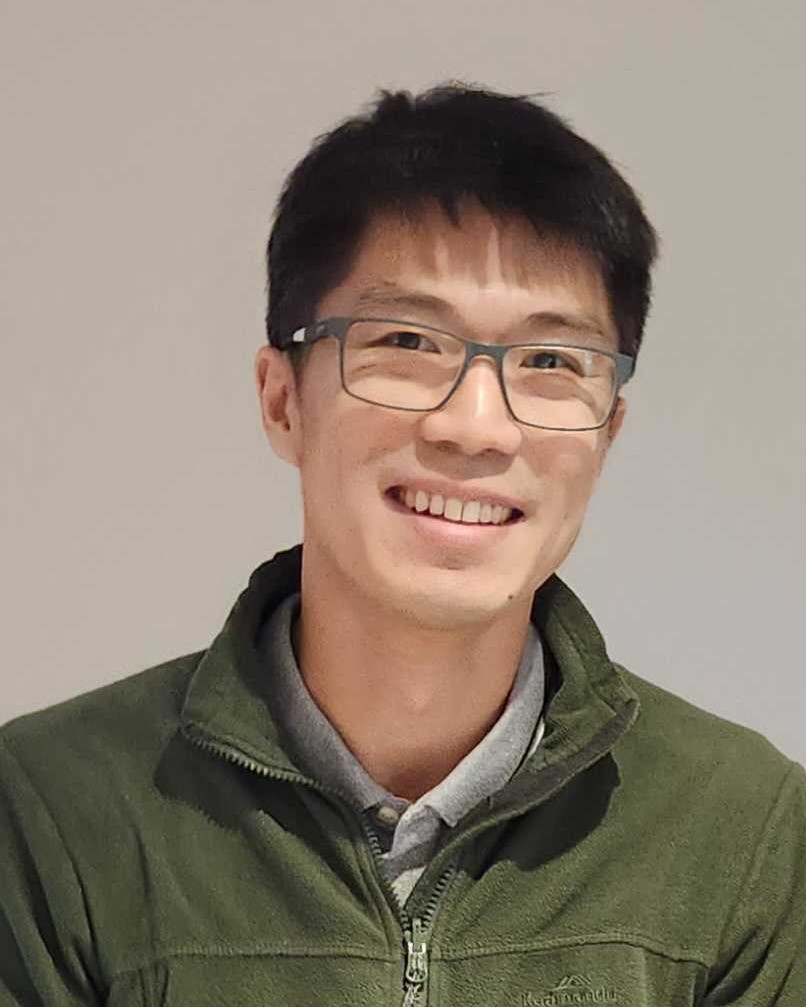
Denny Oetomo
University of Melbourne, Australia
Title: Classification based intention estimation and control of prostheses
Abstract: The accurate estimation of the human intention is important in realising an effective and intuitive operation of motorised prostheses (specifically, the intended limb poses). A successful approach would not only add to the functionality but also reduce the cognitive load in operating the artificial limbs. In this talk, a fundamental look at the statistical properties of the input features extracted from the wearable sensors on the human user is presented. The understanding allows us to develop systematic approaches to utilise the available data in human-prosthesis interaction strategies.
Antonio Oliviero
Hospital Nacional de Parapléjicos (National Hospital of Paraplegics), Spain
Title: Neurorehabilitation: moving the technology and innovation to clinical settings
In collaboration with Natacha Leon
Abstract: TBD
Martin Oudega
Shirley Ryan AbilityLab, USA
Title: Spike Timing-Dependent Plasticity for Functional Recovery after Spinal Cord Injury: Human to Animal to Human Translation
In collaboration with Monica Perez
Abstract: TBD
Martin Oudega, PhD, is a Professor in Physical Therapy and Human Movements and Neuroscience at Northwestern University, a Research Scientist at the Shirley Ryan AbilityLab (Chicago, IL), and a Research Health Scientist at the Edward Hines Jr. VA Hospital (Hines, IL). He received his PhD in Medical Biology from the University of Leiden (Netherlands) and completed postdoctoral fellowships at UCSD (San Diego, CA) and the Miami Project to Cure Paralysis (Miami, FL). Martin was the leading editor of a special issue on Experimental Strategies to Repair the Injured Spinal Cord published by the Journal of Neurotrauma. The Oudega Laboratory investigates the potential of cellular transplants, biomaterials, and minimally invasive neuromodulatory approaches to elicit anatomical repair and functional recovery after spinal cord injury. Martin has a special interest in the role of inflammation and vascularization in spinal cord injury and repair. The goal of the research in Martin’s laboratory is to develop spinal cord repair strategies that promote meaningful functional restoration after spinal cord injury.
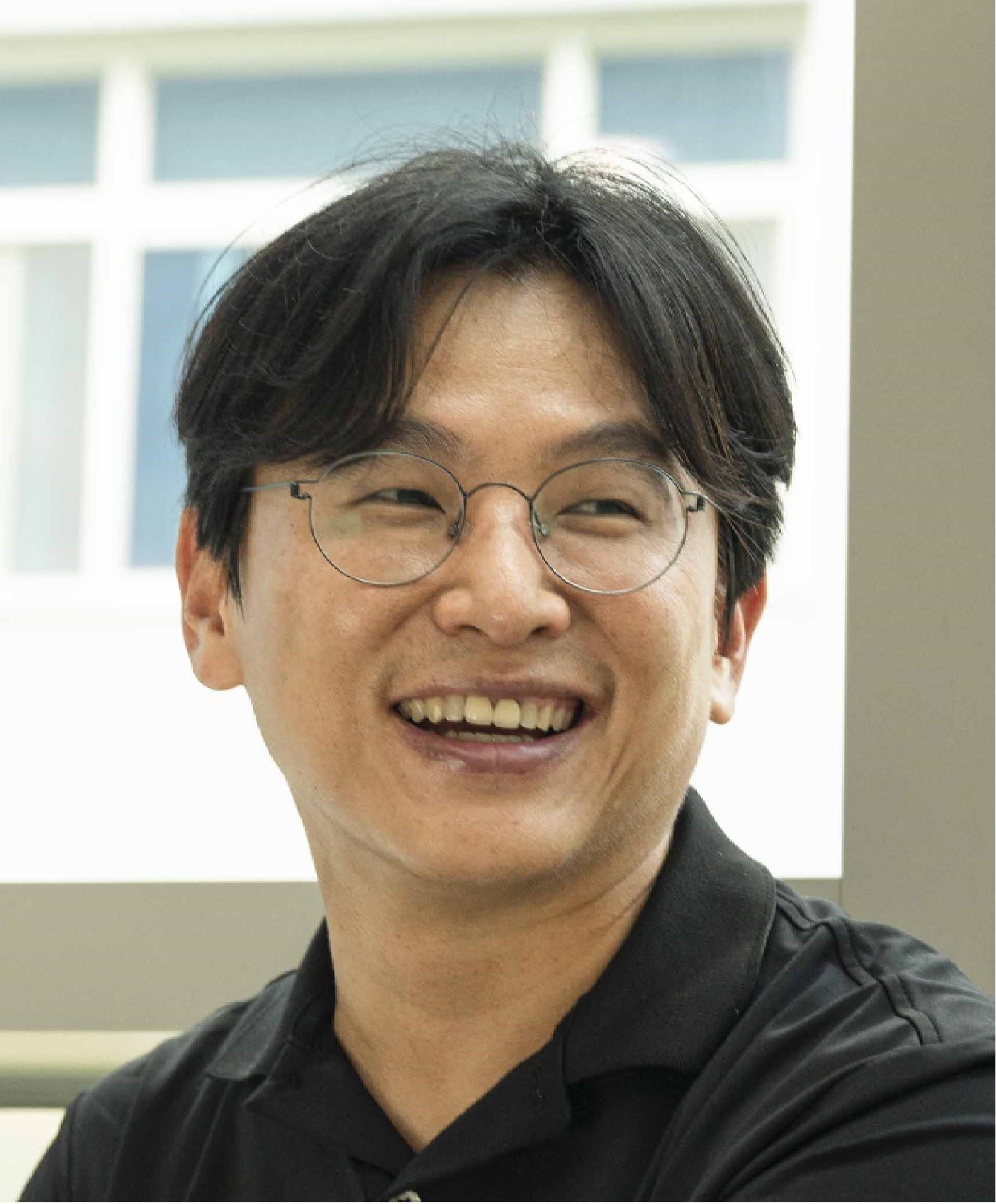
Hyung-Soon Park
KAIST, Republic of Korea
Title:Precise grasp intention recognition for seamless control of high DOF hand rehabilitation robots
Abstract: The hand is an incredibly intricate body part, with over 20 degrees of freedom (DOF). Achieving complete recovery of hand function through rehabilitation robots presents significant technical challenges, particularly in the design and control of orthotic or prosthetic hand rehabilitation robots with a high DOF. This presentation will primarily focus on the control of soft wearable hand rehabilitation robots and high DOF prosthetic robotic hands. To enable seamless recognition of various hand grasping intentions, the performance of both non-invasive biological signals (such as EEG and EMG) will be discussed first and benefits of using additional non-biological signals (including cameras, IMUs, and depth sensors) will be introduced. Biological signals are employed to timely recognize intentions related to grasp, hold, and release, while non-biological signals are utilized to facilitate shared control of intricate hand postures during versatile grasping tasks. Pilot studies involving stroke survivors and able-bodied subjects will be presented to illustrate the practical application of these concepts.
Hyung-Soon Park received his Ph.D in mechanical engineering from KAIST, Daejeon, Korea. He has been applying robotics and control technology for developing and evaluating effective engineering tools in rehabilitation medicine.
He was a research associate and a research scientist at Rehabilitation Institute of Chicago from 2004 to 2009. From 2009 to 2013, he was a staff scientist with Rehabilitation Medicine Department at National Institutes of Health, Bethesda, MD. He joined KAIST in 2013 and he is now a full professor in the Mechanical Engineering Department, Korea Advanced Institute of Science and Technology, Daejeon, Korea. He is currently directing research centers for future healthcare systems including KAIST global singularity project: RENEW (Rehabilitation Engineering for Neurological disorders Worldwide) and KAIST-CERAGEM center for future healthcare technology. His current research interests are design and control of orthotic and prosthetic robots for upper limb rehabilitation, and optimal use of robotic devices for promoting greater neural plasticity based on biomechanical and neurological analysis of human movement.

Monica Perez
Shirley Ryan AbilityLab, USA
Title: Spike Timing-Dependent Plasticity for Functional Recovery after Spinal Cord Injury: Human to Animal to Human Translation
In collaboration with Martin Oudega
Abstract: TBD
Monica A. Perez, PT, PhD, is an internationally recognized leader in spinal cord injury (SCI) research. At Shirley Ryan AbilityLab, she leads a translational research team to orchestrate the application of the most modern methods for measuring upper-extremity function.
Miriam Rafferty
Shirley Ryan AbilityLab, USA
Title: Connecting Engineering to Clinical Implementation: Frameworks for Acceleration
Abstract: TBD
Dr. Miriam Rafferty is a Research Scientist and the Director of Implementation Science at the Shirley Ryan AbilityLab, as well as an Assistant Professor at Northwestern University’s Feinberg School of Medicine in the Departments of Physical Medicine & Rehabilitation and Psychiatry & Behavioral Science. She is also an active physical therapist clinician specializing in neurologic physical therapy. Dr. Rafferty’s research uses implementation science methodology to study the implementation of evidence-based practices and novel technologies into real-world rehabilitation settings.
Elliott Rouse
University of Michigan, USA
Title: Auctions, preferences, and wearable robots: the development of meaningful exoskeletons and robotic prostheses
Abstract: Lower-limb wearable robots—such as exoskeletons and robotic prostheses—have struggled to have the societal impact expected from these exciting technologies. In part, these challenges stem from fundamental gaps in our understanding of how and why these systems should assist their wearer during use. Wearable robots are typically designed to meet a single, specific objective (e.g. reduction of metabolic rate), however, in reality, these technologies impact many aspects of gait and user experience. In this talk, I will discuss our recent work leveraging user preference as a ‘meta-criterion’ in design and control, over which the user is able to internally balance the quantitative and qualitative tradeoffs present when using these technologies (e.g. stability, comfort, exertion, speed). Specifically, I will highlight our work understanding user-preferred assistance settings in a variable-stiffness prosthesis and bilateral ankle exoskeletons, demonstrating user-preferred assistance settings are reliable and diverse, and can be obtained in less than two minutes. In addition, I will discuss how user-preferred assistance can be adjusted automatically with human-in-the-loop optimization, which is able to converge on user-preferred settings with an accuracy of ~90%. Finally, I will introduce a new approach for understanding the success of assistive technologies using tools from behavioral economics. I will describe and quantify the economic value added by ankle exoskeletons during uphill walking, including the cost incurred from wearing the added mass, as well as the value added by the exoskeleton assistance. Together, this talk will underscore the role of the user in the development of wearable robots, including advocating for a shift away from the single-objective development and assessment of these technologies.
Elliott Rouse is an Associate Professor in the Robotics and Mechanical Engineering Departments at the University of Michigan (U-M). He directs the Neurobionics Lab, whose vision is to reverse engineer how the nervous system regulates the mechanics of locomotion, and use this information to develop meaningful assistive technologies that leverage this perspective. To this end, his group studies the design, control, and evaluation of lower-limb exoskeletons and robotic prostheses. He has launched the careers of four doctoral students, two of which are faculty at Research 1 institutions. He is the recipient of the NSF CAREER Award and is a member of the IEEE EMBS Technical Committee on BioRobotics. In addition, he is on the Editorial Boards for IEEE Robotics and Automation Letters, IEEE Transactions on Biomedical Engineering, and Wearable Technologies. Elliott received the BS degree in mechanical engineering from The Ohio State University and the PhD degree in biomedical engineering from Northwestern University. Afterwards, he joined the Massachusetts Institute of Technology as a Postdoctoral Fellow in the MIT Media Lab. Prior to joining U-M, Elliott was faculty in the Schools of Medicine and Engineering at the Shirley Ryan AbilityLab and Northwestern University, in addition to working in professional autoracing. In 2019 – 2020, he was a visiting faculty member at (Google) X, where he maintains an appointment.

Massimo Sartori
University of Twente, Netherlands
Title: Shifting the paradigm: advanced human-robot interfaces for movement support technologies
Abstract: Neuromuscular injuries leave millions of people disabled worldwide every year. The impact of current rehabilitation technologies is hampered by the limited knowledge of their physical interaction with the human body. That is, rehabilitation devices such as robotic exoskeletons or neuromodulation devices, interact with the human body with no feedback of how biological targets (e.g., bones, tendons, muscles, nerves) react and adapt to mechanical or electrical stimuli, especially at extreme ends of the spatio-temporal scale, e.g., cell-to-organ growth over days, months or years. This talk will outline current work conducted in my Lab to create a new framework for ‘closing-the-loop’ between wearable technology and human biology. My talk will show initial results on how bio-electrical recordings, numerical modelling and artificial intelligence can be combined to study how the human neuro-muscular system responds over time to robotic interventions in vivo. The talk will show examples of how this paradigm can be translated towards the development of novel human-robot interfaces for restoring human movement and for preserving biological tissue integrity over time.
Massimo Sartori is Professor and Chair of Neuromechanical Engineering at the University of Twente (Faculty of Engineering Technology, Department of Biomechanical Engineering) where he directs the Neuromechanical Modelling & Engineering Lab. His research focuses on understanding how human movement emerges from the interplay between the nervous system and the musculoskeletal system, both in healthy and impaired individuals. His overarching goal is to translate such knowledge towards the development of novel human-robot interfaces for advanced movement support technologies. On these topics Prof. Sartori is directing high-gain/high-risk grants (e.g., European Research Council) as well as consortium-based research projects (e.g., H2020-MSCA-ITN, H2020-RIA-ICT) and is translating his research to industrial and clinical settings in collaboration with stakeholders ranging from OttoBock HealthCare to MetaAI.
Prof. Sartori obtained his PhD (2011) from the University of Padova (Italy) and was Visiting Scholar at the University of Western Australia (WA, Australia), Griffith University (QLD, Australia) and Stanford University (CA, USA). He conducted his main post-doc at the University of Göttingen (Germany) where he become Junior Research Group Leader in 2015. In 2017 he joined the University of Twente (The Netherlands) as a tenure-track scientist.
Prof. Sartori currently serves as an Associate Editor at the IEEE Transactions on Neural Systems and Rehabilitation Engineering as well as at Frontiers in Neurorobotics and Frontiers in Bionics and Biomimetics. He is a member of scientific societies including: the European Society of Biomechanics, the International Society of Biomechanics, the IEEE Robotics and Automation Society, the IEEE Engineering in Medicine and Biology Society, and the IEEE International Consortium on Rehabilitation Robotics.
https://www.utwente.nl/en/et/be/research/neuro-mech-eng-group/
More information will be published soon.






